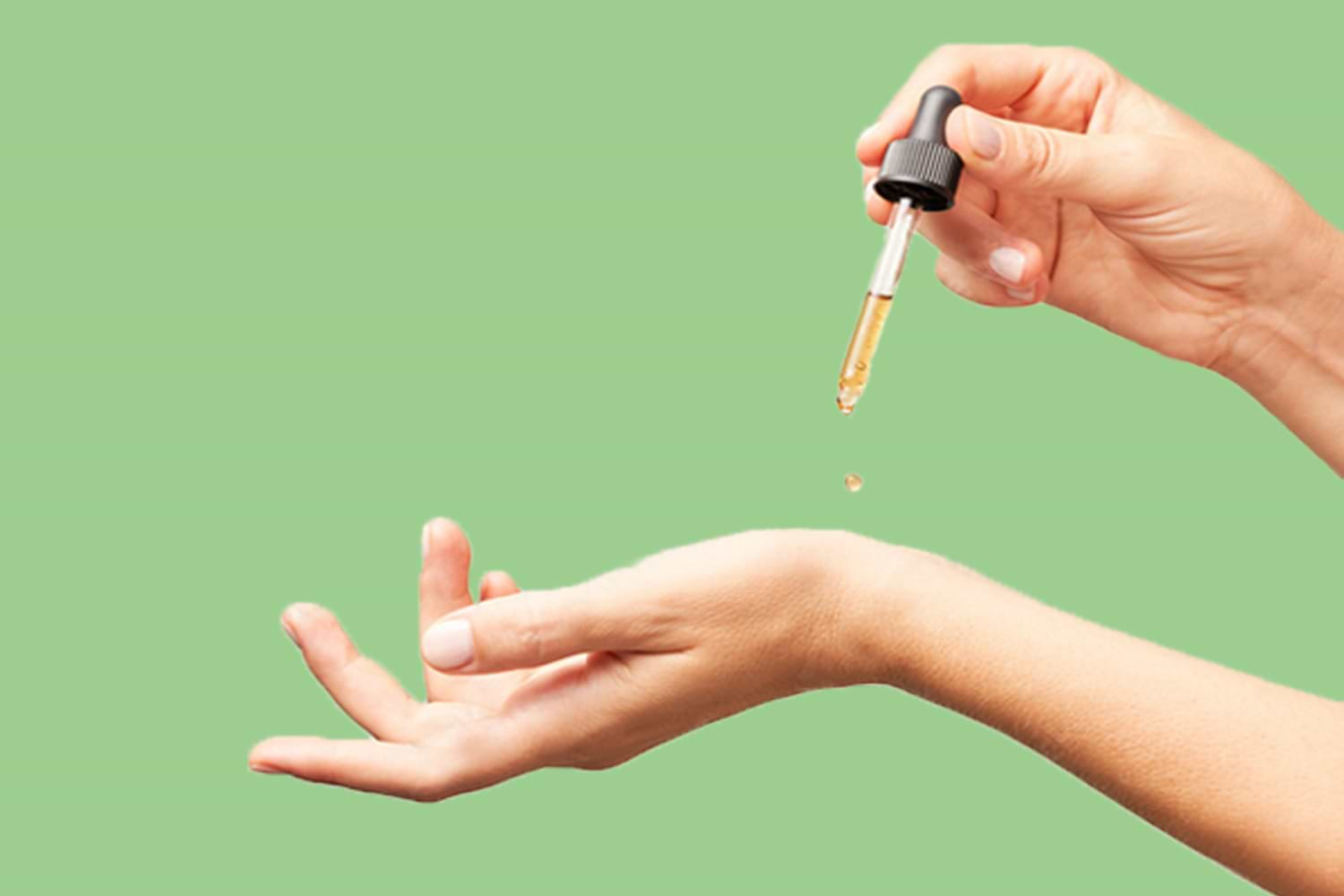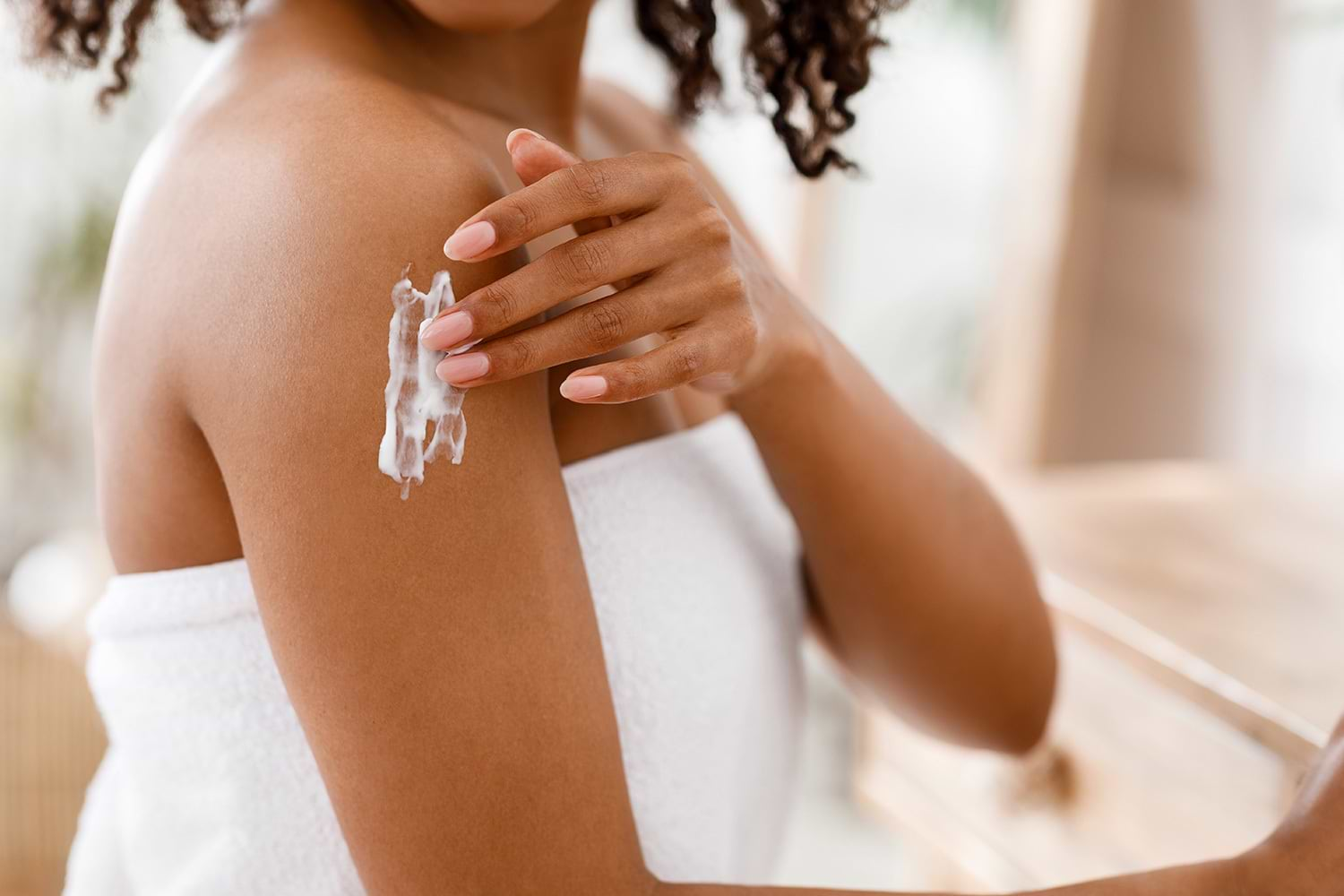Welcome to thoughtful, organic beauty
Hello Joyous is an organic, plant-based, sustainable beauty brand here to bring more joy to your day.
Since we received great feedback on our educational series looking at not-so-skin-loving beauty product ingredients, we thought we’d continue by looking at another common additive - propylene glycol.
We’ve already covered everything you need to know about synthetic fragrances, petroleum-based ingredients, and formaldehyde-releasing preservatives, so this week we’re going to take a deeper look at propylene glycol.
The purpose of these posts isn’t to scare you, but to empower you to make the best decisions about the beauty products you use from head to toe.
Propylene glycol (PG) is a staple in beauty products whose main purpose is to moisturize the hair or skin. However, as we will learn below, they're not always the best choice for people with sensitive skin or allergies. As I mentioned in my previous posts (but it's so important I think it bears repeating!) The American Journal of Public Health found that the skin can absorb between 64% and 100% of the chemicals in your beauty products. The exact amount your body absorbs depends on several factors that include whether you have any broken skin, the size of the molecule, or if yourskin barrier function is compromised due to conditions such as acne, eczema, and rosacea.
Below, I’ll outline everything you need to know about propylene glycol including what it is, how it’s used, possible negative health impacts, and body-loving swaps that are kind to the planet so you can clean your beauty routine!
What Is Propylene Glycol?

Propylene glycol (PG) is a synthetic product derived from petroleum-based ingredients. It’s a colourless, odorless water-soluble liquid that is in the same chemical group as alcohol. It is thicker than water and can help control the viscosity of beauty and cosmetic products. It’s used as a humectant, which means it helps the skin attract water, and to help other ingredients penetrate the skin, however, depending on the ingredients in the products, that’s not always something that we want!
In addition to its use in the cosmetics and beauty industry it’s also used:
Propylene glycol is an ingredient that is generally recognized as safe for human consumption; however, as a synthetic solvent made from petroleum, it’s not allowed to be used in organic products. When it comes to its use in cosmetic and beauty products, there are a few important things to consider.
How Is It Used In Beauty Products?
Propylene glycol is often used in products where moisturizing is the main goal, such as in hair care and skincare products, since it is a known humectant and emollient (moisturizer). Like many products derived from petroleum, it is cheap and readily available, which makes it very attractive to brands who have the bottom line in mind.
PG is often used in products where moisturizing is the main goal i.e. in skincare and hair care products.
You can also find PG in body lotions, shampoos, conditioners, face masks, serums, and cosmetics. Because of its prevalence in the beauty industry, if you’re using conventional products it’s likely that one or more of them contain propylene glycol.
Why Is Propylene Glycol Harmful?
Many proponents claim that PG isn’t irritating to the skin since it’s not applied in its pure form. However, something many brands don’t consider is that we rarely use one product on our bodies. In fact, according to the Environmental Working Group (EWG), women use on average 12 different personal care products a day, which exposes them to about 168 chemicals. They also found that men typically use approximately 6 different products per day which exposes them to roughly 85 different chemicals. While some of these chemicals may have been tested on their own for safety, it’s unlikely that they were tested in combination with so many other chemicals, especially when used every single day.
Since propylene glycol is used in so many different products, exposure can build up over days, weeks, months, and years, potentially leading to irritation. The EWG has found that even in concentrations as low as 2% PG is associated with:
Even in low concentrations (2%) PG can cause contact dermatitis and irritation, including rashes, hives and welts.
It is recommended that you avoid using products with this ingredient if you have a history of:
Since many people struggle with these inflammatory and irritating skin conditions, it’s best to avoid products that contain propylene glycol to ensure you’re supporting your healthiest, most radiant skin.
Rather than relying on synthetic chemicals to moisturize your skin, look for ingredients such as hyaluronic acid or organic cold-pressed rosehip oil (found in our Hella Hydrating Serum) as well as mango butter and cacao butter (found in our best-selling Body Butter) that can nourish and hydrate your skin, naturally.

What To Look For on Labels
To become a savvy shopper, it’s important to learn the different names to look out for on labels. This knowledge can empower you to make the best product choices for your unique skin needs. Propylene glycol can be found in beauty and cosmetic products under the following names:
What To Use Instead?
If you want to clean your beauty routine, there are some safe and effective natural alternatives that you can look out for in your favourite brands. One product I love that’s derived from corn sugar and is Ecocert-approved is propanediol. It has the same function as propylene glycol in products, but without the same skin-irritating potential.
Propylene glycol can also be replaced with plant-based humectants such as glycerin. In fact, this is what we use in our Fresh Face Cleanser to ensure it's gentle and non-irritating for all skin types.
Even though propylene glycol isn’t the worst ingredient on the market, it can still be irritating for sensitive skin, so shop products that use natural, gentle alternatives!
Non-Toxic Skin-Nourishing Alternatives
If you want to avoid beauty products that contain potentially skin-irritating ingredients such as propylene glycol, it’s best to turn to nature to help support your skin barrier function, balance your pH, and hydrate your skin. Below I’ll share some of my favourite natural products that soothe and protect even the most sensitive skin.
Now that you know more about the synthetic ingredients used in many conventional beauty products, I hope you’re feeling educated and inspired to use this knowledge to create a beauty routine that works for your skin.
The first step to making a change to your routine is learning about what these ingredients are, what they do, and how to spot them. To help you get started, explore Shop Joyous Health to find all-natural, plant-powered skincare, hair care, and body care products!